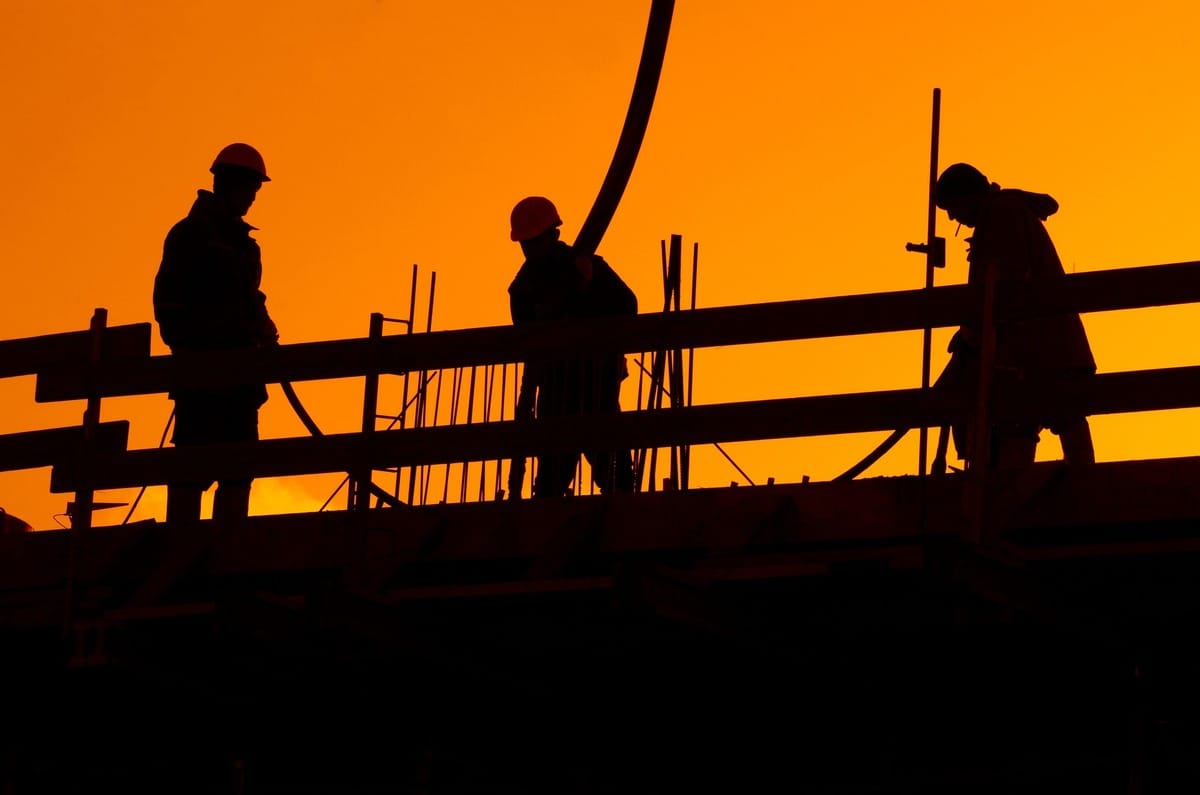- Full Brim Safety
- Posts
- Safe Operation Techniques and Required PPE for Power Tools
Safe Operation Techniques and Required PPE for Power Tools
Full Brim Safety: Build Smart, Build Safe

Safe Operation Techniques and Required PPE for Power Tools
Welcome back, let's Build Smart & Build Safe! We've covered understanding power tool hazards, pre-use inspections, and critical electrical safety. Today, we're focusing on safe operation techniques and the essential Personal Protective Equipment (PPE) you need to wear every time you use a power tool.
Having the right tool, in good condition, with safe power, means nothing if you don't operate it correctly and protect yourself. Your focus and the right PPE are your final layers of defense.
1. Safe Operation Techniques: Control is Key
Maintain a Firm Grip and Stance: Always have a secure grip on the tool and maintain a balanced, stable stance. This helps you control the tool and resist kickback or unexpected movements.
Secure Your Work Piece: Never hold material by hand when cutting, drilling, or grinding. Use clamps, vises, or other work holding devices to secure the material. This prevents it from shifting, reducing kickback and protecting your hands.
Avoid Forcing the Tool: Let the tool do the work. Forcing a tool can cause it to bind, overheat, or kick back, leading to loss of control and injury.
Keep Hands Clear of Moving Parts: Always know where the blade, bit, or grinding wheel is, and keep your hands and body clear of the cutting line or rotating parts.
Mind Your Surroundings: Be aware of other workers, overhead obstructions, and potential trip hazards (like cords) in your work area.
2. Essential Personal Protective Equipment (PPE): Don't Skip It!
Your PPE is designed to protect you from the specific hazards generated by power tools. Always wear the appropriate gear:
Eye Protection (Always!): Safety glasses or goggles are non-negotiable for almost all power tool use to protect against flying debris, dust, and sparks.
Hearing Protection: Use earplugs or earmuffs when operating noisy tools (e.g., grinders, circular saws, jackhammers, generators) to prevent noise-induced hearing loss.
Hand Protection: Wear gloves appropriate for the task. They can protect against cuts, abrasions, splinters, and vibration, but ensure they don't get caught in rotating parts.
Respiratory Protection: If the tool generates dust (e.g., concrete cutting, sanding drywall), wear an appropriate dust mask or respirator.
Foot Protection: Steel-toed safety boots protect your feet from dropped tools or materials.
Head Protection: Hard hats are standard on construction sites and protect against overhead hazards.
3. Specific Tool Considerations (Briefly):
Circular Saws: Always ensure the lower blade guard operates freely. Position yourself to the side to avoid kickback path.
Angle Grinders: Use the proper guard for the type of disc. Always use the side handle for better control and resist kickback.
Drills: Match the drill bit to the material. Ensure bits are sharp and the material is secured to prevent spinning.
Nail Guns: Never point a nail gun at anyone. Keep fingers clear of the trigger when carrying. Understand sequential vs. contact trip modes.
Mastering these operational techniques and consistently wearing the correct PPE are your final, crucial lines of defense against power tool injuries. Your safety depends on your discipline and attention to detail. Tomorrow, on Fall Protection Friday, we'll connect power tool use to maintaining balance and preventing dropped objects when working at height.
Don't forget to sign your friends up for Full Brim Safety for your daily dose of construction safety tips!
-The Safety Man
